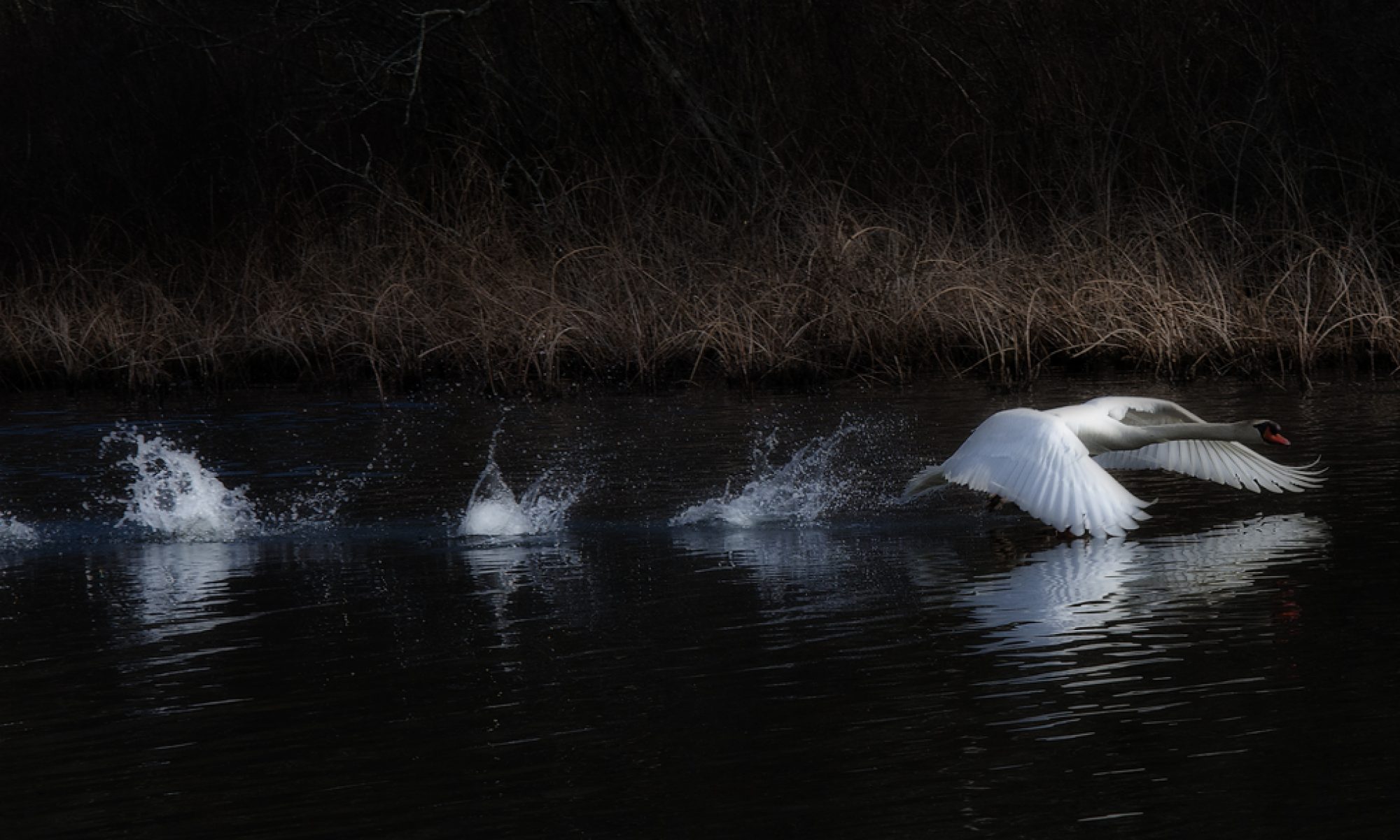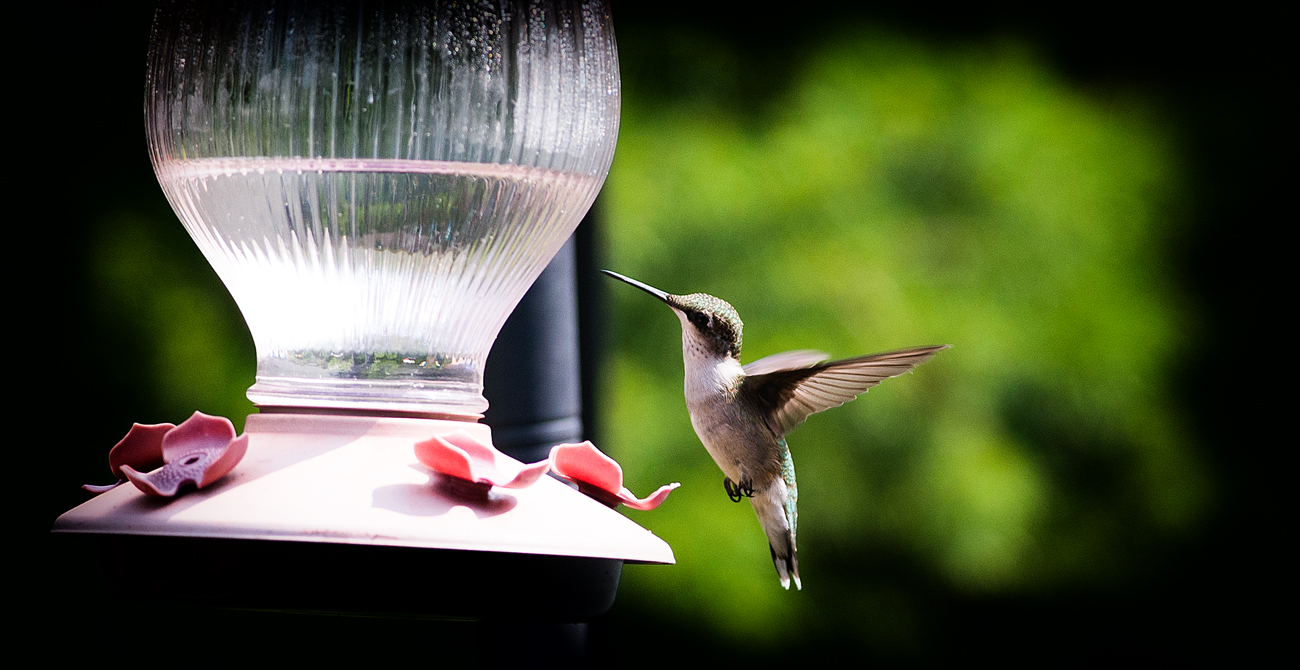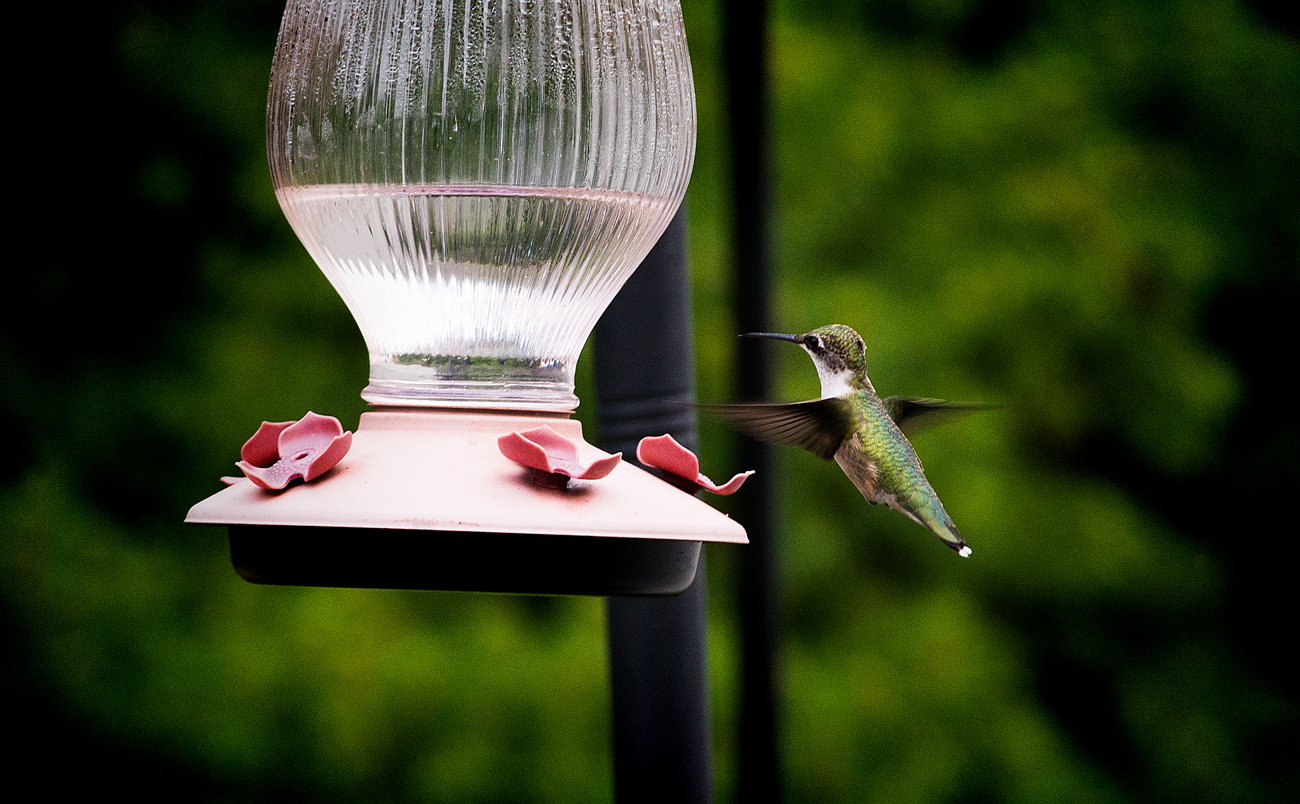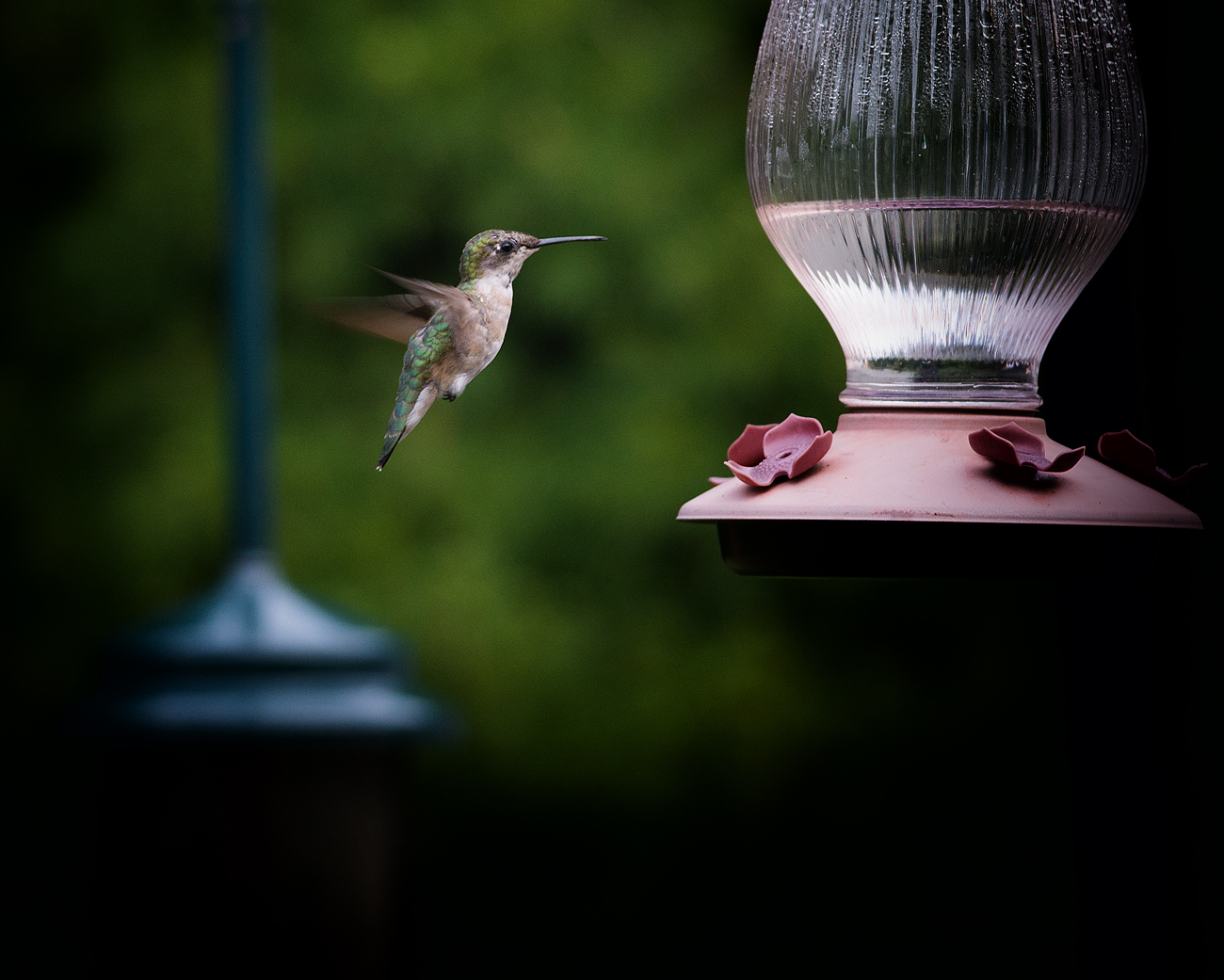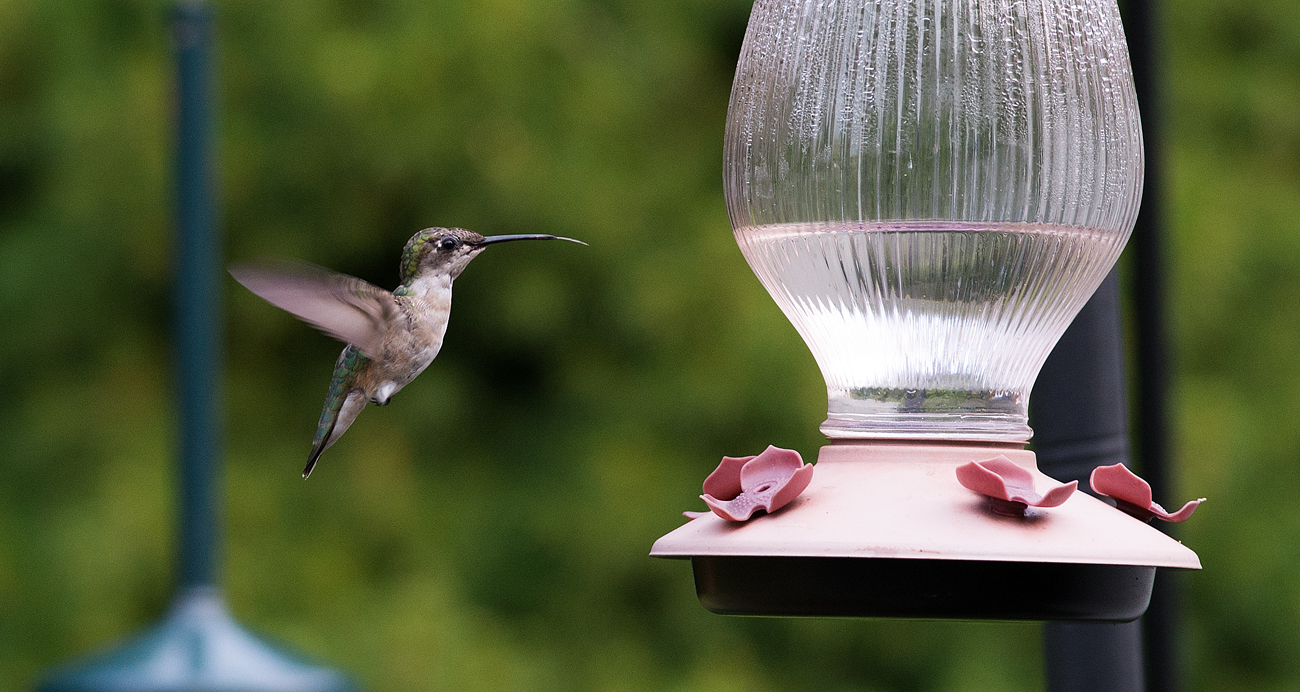
Plymouth Water Front


Not again!!! The Holidays

remains of the day
coming soon
Ah, the holidays
I don’t know what to say, except it’s Christmas and we’re all in misery.

Saying nothing… sometimes says the most.
pastel hummingbird
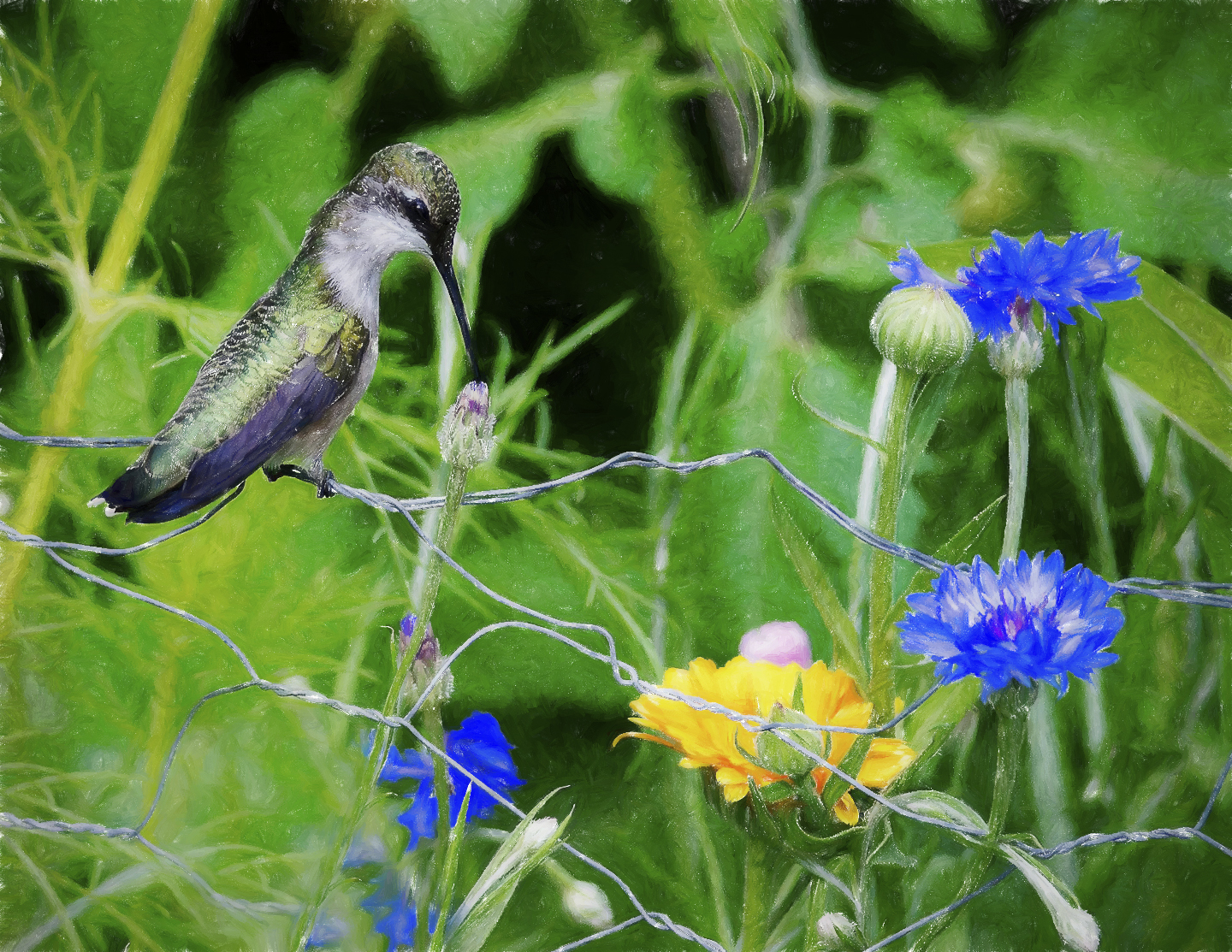
Cormorant Plymouth Water Front
New Friends
“Everyone you meet knows something you don’t know but need to know. Learn from them.”

Fishers, sometimes called “fisher cats,” on the East side of Taunton
East side of Taunton, down by the Glen. May 6th
Fishers, sometimes called “fisher cats,” are elusive and often misunderstood creatures. Though they’ve gained a reputation as vicious predators, fishers are shy and solitary, preferring to avoid humans whenever possible. Because they are rarely seen, many people don’t know much about them. This has led to some common misconceptions about their behavior.

You may have heard the claim that fishers let out a blood-curdling scream before making a kill, but that is not the case. Making too much noise while hunting would alert prey to their presence, decreasing their chances of catching food. It would also let other predators and scavengers know that there is an easy meal to steal nearby.
While fishers do make a number of sounds, they tend to be quiet creatures. Most of their vocalizations are limited to quiet growls and chuckle-like grunts. They are able to make a screaming sound, but this is a very rare occurrence that only happens when the animals are under extreme stress or in unusual circumstances. However, the fisher above was wailing like a new born baby.



